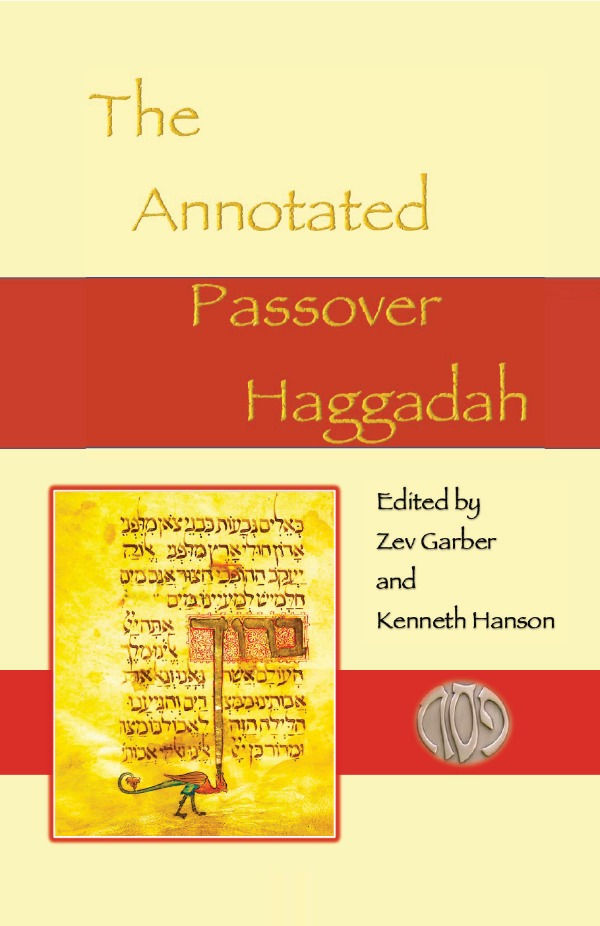The Museum of the Bible's 'Dead Sea Scrolls' are Forgeries
- Allison Guy
- Feb 24, 2021
- 3 min read
The Museum of the Bible is known for its exhibits that educate guests on the impact of the Bible on society. The museum, which is located in Washington, D.C., opened in November 2017. It was founded by the CEO of Hobby Lobby, Steve Green. Among the displays are sixteen fragments of the Dead Sea Scrolls, a collection of ancient Jewish religious texts.
The Dead Sea Scrolls are part of a group of ancient manuscripts first discovered near the ancient town of Qumran, located in modern-day West Bank. Unfortunately for the Museum of the Bible’s collection, their copies of the Dead Sea Scrolls were found to be forgeries.
The Museum of the Bible’s chief curatorial officer, Jeffrey Kloha, told National Geographic, “It really was—and still is—an interesting kind of detective story. We really hope this is helpful to other institutions and researchers, because we think this provides a good foundation for looking at other pieces, even if it raises other questions.”

Prior to the museum's opening in 2017, some scholars were working on a book about the Dead Sea Scrolls while examining the Museum of the Bible's Dead Sea Scroll fragments, leading to questions about their authenticity. The museum later sent five fragments to Germany's Federal Institute for Materials Research; the five fragments were found to likely be forgeries. In 2019, the museum funded a group of independent researchers to look into the origins of all of the Dead Sea Scroll fragments in their possession; and in March 2020, they announced in a report that all sixteen fragments are modern forgeries.
The group of researchers was led by Colette Loll, an art fraud investigator. “These fragments were manipulated with the intent to deceive,” Ms. Loll explained.
According to National Geographic, there are three main pieces of evidence that proved the purported Dead Sea Scrolls were modern forgeries.

The first of these is that at least fifteen of the sixteen fragments housed at the Museum of the Bible are made of ancient leather, while almost all of the real Dead Sea Scrolls fragments are made out of parchment.
Second, the letters on the fragments were created using modern paint onto ancient leather. For instance, the ink was placed over torn edges and cracks in the leather that wouldn’t have been there when the leather was fresh.
Finally, the testing revealed that whoever forged the fragments most likely soaked them in an animal-skin glue, which mimics how collagen in the real Dead Sea Scrolls decomposed to form gelatin, giving parts of them the appearance of being soaked in glue.

Of course, the researchers’ findings do not cause any doubt as to the authenticity of the real Dead Sea Scrolls, most of which are in the Israel Museum, Jerusalem. These manuscripts were first discovered when Bedouin teenagers entered a cave in the Qumran area and uncovered clay jars, some of which contained papyrus and leather scrolls.
However, the Museum of the Bible’s scrolls were part of a group of fragments known as the “post-2002” Dead Sea Scroll fragments, which entered the market in the twenty-first century.
Årstein Justnes, a researcher at the University of Agder, told National Geographic, “Once one or two of the fragments were fake, you know all of them probably are, because they come from the same sources, and they look basically the same." Justnes’ project, entitled “Lying Pen of Scribes,” traces these post-2002 Dead Sea Scroll fragments.

Other fragments of the post-2002 Dead Sea Scrolls can be found at academic institutions all over the world, including Southwestern Baptist Theological Seminary in Texas and Azusa Pacific University in California.
In light of the discovery of these forgeries, the museum’s leadership team is considering revising the current exhibit to display how the team of researchers uncovered their inauthenticity.
“I was hoping to have one real [fragment], because then you could show, Okay, here’s a real one, here’s a fake, can you tell the difference?” Mr. Kloha stated. “Our job as a museum is to help the public understand, and this is a part of the history of the Dead Sea Scrolls now, for better or for worse.”
From GCRR Press
.png)




EPTU Machine ETPU Moulding…
EPTU Machine ETPU Moulding…
EPTU Machine ETPU Moulding…
EPTU Machine ETPU Moulding…
EPTU Machine ETPU Moulding…
EPS Machine EPS Block…
EPS Machine EPS Block…
EPS Machine EPS Block…
AEON MINING AEON MINING
AEON MINING AEON MINING
KSD Miner KSD Miner
KSD Miner KSD Miner
BCH Miner BCH Miner
BCH Miner BCH Miner